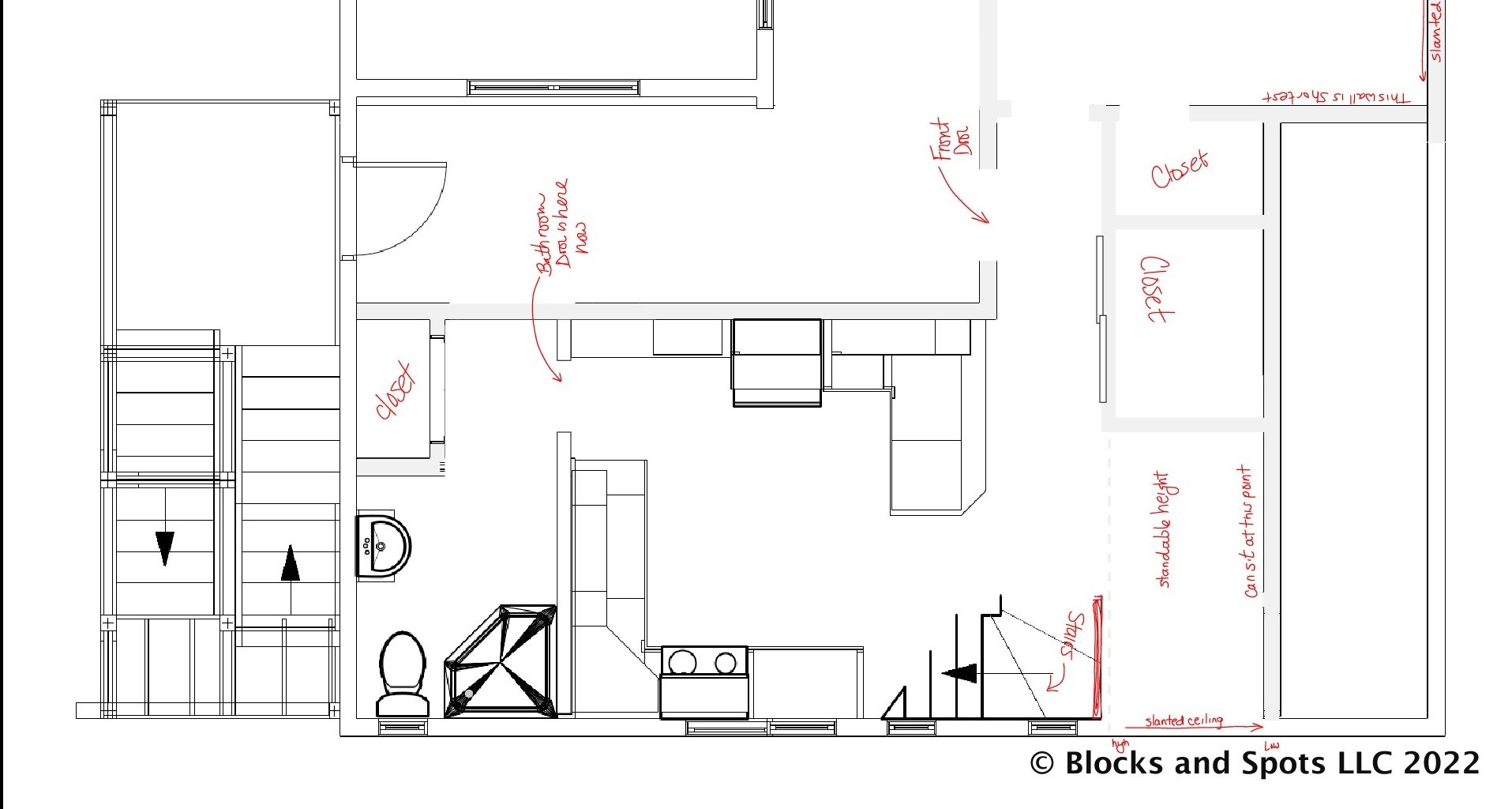Accessory Dwelling Units (ADUs) are quickly becoming popular additions to existing homes. They can be a source of income and provide housing options for aging family members. Building an ADU requires a bit of planning and a lot of coordination.
What is an Accessory Dwelling Unit (ADU)?
Accessory Dwelling Units are independent living spaces that are usually built on or in existing single-family residential properties. The following requirements must be met, in order to be classified as an ADU:
- Independent entrance / exit
- Kitchen
- Sleeping area
- Bathroom
Want to know more about? What are Accessory Dwelling Units [click on the link above to view]
Can I build an Accessory Dwelling Unit (ADU) on my property?
Before the 1940s it was very common for homeowners to build a small dwelling on a new property before the main house was built. These dwellings, sometimes, called carriage houses or gatehouses would continue to be utilized as the family grew. They provided a way for aging relatives to remain living with their families. The suburban sprawl that occurred after WWII led to a boom in low-density housing, as single-family homes became popular. Suburbanization led to a desire for bigger yards and changes in local zoning ordinances caused ADUs to fall out of favor.
There has been a new resurgence in Accessory Dwelling Unit to help combat the Affordable Housing Crisis. Many cities and towns are changing their zoning ordinances to make it possible to build ADUs on single-family properties. In 2021 Massachusetts passed the Housing Choice Law that revised the state’s 1954 Zoning Act making it easier for local municipalities to change their zoning ordinances to accommodate ADUs. Check with your town to see where they sit in allowing Accessory Dwelling Units.
What to know more about? Are Accessory Dwelling Units (ADUs) a solution to the Affordable Housing Crisis [click on the link above to view]
Where can I put an Accessory Dwelling Unit (ADU)?
Once you know if you can build an Accessory Dwelling Unit, then it’s time to figure out where you’re going to put it. ADUs don’t have to be large. 750sq feet is big enough to house a dine-in kitchen, 3/4 bath, laundry room, living room, and bedroom. Figuring out what you have available for space is important to determine how big you can make the ADU.
Once you know how big you want the ADU to be then it’s time to figure out where to put it. There are only really 3 options for ADU placement.
- Built as a completely separate structure on the property
- Built somewhere within an existing structure
- Built as an addition to off of an existing structure
The biggest factor in determining where to put an ADU is the availability of utilities. Sewer is the most important utility when it comes to ADU placement. If you have town sewer then you have to consider where the tie-in is and where the ADU can be put that will allow proper gravity-fed sewer lines to be laid. If you have a septic tank then you need to check the size of your system to determine if it can handle an additional living space.
Want to know more about? What is required for an Accessory Dwelling Unit [click on the link above to view]
What is the cost of an Accessory Dwelling Unit (ADU)?
Cost is a very important factor to determine if an ADU is right for you. It can cost anywhere from $50k to $200k to build an ADU.
There are prefabbed cottages that are built in a factory and shipped to your property. These can be inexpensive to buy but you have to prepare a foundation for it to be put on and have the utilities run to the foundation so it can be hooked up once the unit is delivered. The cost of utilities can become expensive if you have to upgrade your septic system.
Putting an addition onto an existing property insures you have convenient access to utilities but you have to provide structural drawings to insure that the addition isn’t compromising the integrity of the existing structure. Drawings can become expensive if you have to have them stamped by an Engineer.
Building within a structure can be the most inexpensive if you don’t have to alter the exterior of the building. Depending upon the age of the structure your building is in, there are unknowns that can pop up like asbestos, lead paint, termites, etc. You can always expect there to be unexpected costs when working within an existing structure.
Bottom line, you should start by finding an experienced contractor and doing a thorough survey of your entire property.
Want to know more? Prefab ADU 101 [click on the link above to view]
Are Accessory Dwelling Units worth the cost?
While it is more common to invest in stock and bonds, only investing in yourself will guarantee you a return. Besides increasing the overall value of your property, an ADU can provide you with a rental income. That income can go to paying down your monthly expenses and helping to pay for maintenance and upkeep. If you plan the layout of your ADU to be age-friendly then you can have a place to retire. There is no better investment you can make than to improve a property you own. If you keep to plan properly and keep to a budget, building an ADU is definitely a worthwhile investment.
About the Author
Garrett LaFrance has spent over 25 years finding creative solutions to common problems. In 2015 he decided to apply his skills and experience to the one constant problem everyone had in common, Home Improvement. With a history in design and fabrication, Garrett has learned that the simplest little fixes can usually solve the biggest problems.
Like what you read?
Please consider buying a coffee to show your appreciation. It keeps us caffeinated and able to keep putting out quality content. Click on the button below to donate to the coffee fund.

